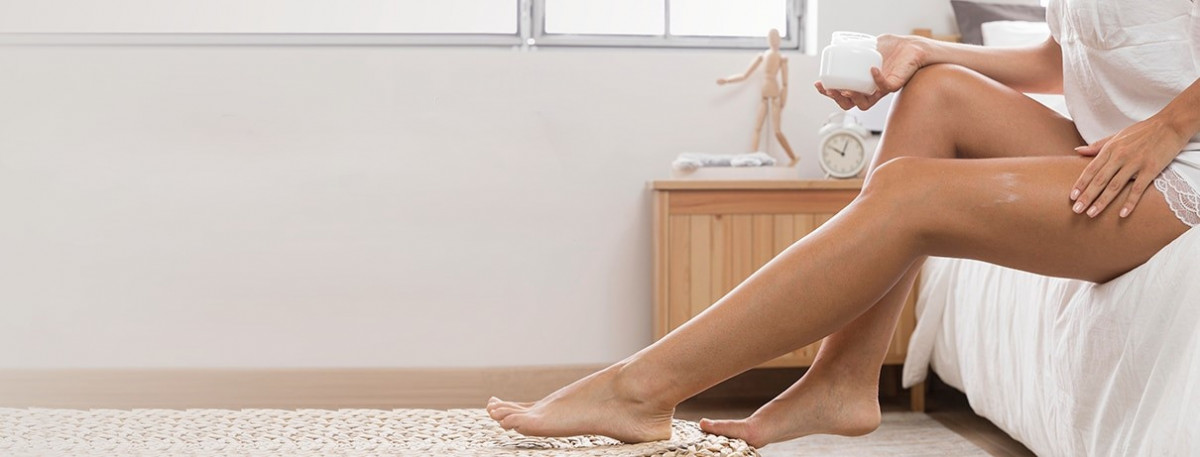
Chronic Venous Disease of the lower extremity is one of the most common diseases in Western Europe and the USA. Its prevalence reported in studies from different countries and ranges from 2% to 56% in men and 1% to 60% in women, rising to 70% in people over 50 years of age.
The disease is progressive and has a high incidence of complications, especially in the most advanced stages. The manifestations of Chronic Venous Disease can be varied and may include telangiectasias, reticular veins, varicose veins, lipodermatosclerosis, lower extremity pain and swelling, and venous ulcers. The incidence of all clinical manifestations also increases with age.
The high prevalence and significant morbidity of Chronic Venous Disease have an important socioeconomic impact, making the appropriate choice of therapy critical.
TREATMENT OF CHRONIC VENOUS DISEASE
Currently, conservative (non-operative) treatment is mandated before therapeutic surgical interventions, with the main goals being symptom control, improvement of quality of life and slowing of disease progression. In case of ineffective conservative treatment, various surgical and endovascular procedures are used.
NONOPERATIVE TREATMENT OF CHRONIC VENOUS DISEASE
The nonoperative approach to patients with Chronic Venous Disease includes lifestyle modification, compression, and pharmacological therapies.
LIFESTYLE MODIFICATION
The most common initial recommendations for lifestyle modification in patients with CVD are:
- Diet to reduce overweight (if any).
- Moderate physical activity.
- To avoid prolonged standing or sitting and to periodically carry out active movement (walking up stairs, lifting fingers, etc.) with the inclusion of the muscle pump (elimination of venous stasis). Increased mobility and moderate physical activity can be helpful for ulcer healing and can be an adjunct to compression therapy.
- Leg elevation. Elevating the legs has been shown to aid venous drainage, to increase venous return to the heart, and to reduce ankle edema. Patients with significant chronic venous disease are advised to elevate their legs 30 cm above the level of the heart several times during the day.
- Avoid warm procedures (showers, heating, sun, etc.)
COMPRESSION THERAPY
Graduated compression stockings were first developed in the 1950s. Today, they are manufactured and offered by many companies in different compression and lengths.
Graduated compression stockings are available in the following degrees of compression:
- 8-15 mmHg (class 1; over-the-counter)
- 15-20 mm Hg (class 2; over-the-counter)
- 20-30 mm Hg (class 3; prescription)
- 30- 40 (class 3-high compression; prescription)
- 40- 50mm Hg (class 4-high compression; prescription).
They also come in different lengths - knee length, thigh length and pantyhose. They can be with fingers or without.
The choice of the model of elastic stockings and the degree of compression is made by a vascular surgeon or angiologist, and the size is selected after the following measurements:
- hip circumference
- circumference of the widest part of the calf
- ankle circumference
- lower leg length
When used correctly, compression garments are recommended to be changed every 6 months, as elasticity is lost after this period.
The compression stockings are put on in the morning and taken off only during rest and sleep.
PHARMACOLOGIC THERAPIES
Pharmacologic therapy in venous disease is directed toward symptom control in people with mild to moderate chronic venous disease and in the treatment of venous ulcers. Different groups of medications are used, which are prescribed by a specialist.
- Medicinal products and nutritional supplements used mainly for varicose veins are venotonic and strengthen the vascular walls, taken as tablets or capsules. They have a combined effect and improve patient complaints such as heaviness, fatigue, pain, cramps, etc., as well as reduce swelling and inflammatory changes.
- Various creams and gels can be used for local application, which have a temporary effect usually accompanied by a cooling one.
In recent years, there has been a wide variety of venotonics on the Bulgarian market, and although they can be purchased without a prescription, it must not be forgotten that the selection of appropriate medications is individual and the competence of a specialist.
The treatment of chronic venous disease is always complex and necessarily includes the whole complex of non-operative measures - constant wearing of a compression stocking with appropriate compression, administration of venotonics (mainly in the summer months), local therapy and lifestyle changes.
MINIMAL INVASIVE TREATMENT
It includes various types of endovenous ablation and sclerotherapy.
Endovenous treatments for varicose veins have emerged in response to the disadvatages of open surgery, due to improved effecacy and safety. The most common techniques are radiofrequency ablation (RFA) and endovenous laser ablation (EVLA). There are steam ablation techniques and more. The essence of these procedures is damage to the endothelium of the vein with the final result being its obliteration.
Sclerotherapy remains the method of choice for the treatment of telangiectasias and reticular veins. The procedure consists of introducing a chemical agent (as a liquid or in the form of a foam) into the lumen of the vein causing damage to the endothelium, leading to thrombosis and fibrosis.
There are many other methods, such as mechanical chemical ablation, cryosclerotherapy, use of different tissue adhesives, etc.
SURGICAL TREATMENT
Despite the many advantages of minimal invasive procedures, surgical treatment is considered the "gold standard" in the treatment of CVD.
Most often, it consists of ligation, stripping, phlebectomy, etc.
Free delivery on orders over 100 BGN
We are available every day from 9 to 17
100% security when paying online
Easy conditions for returning the purchased stock
